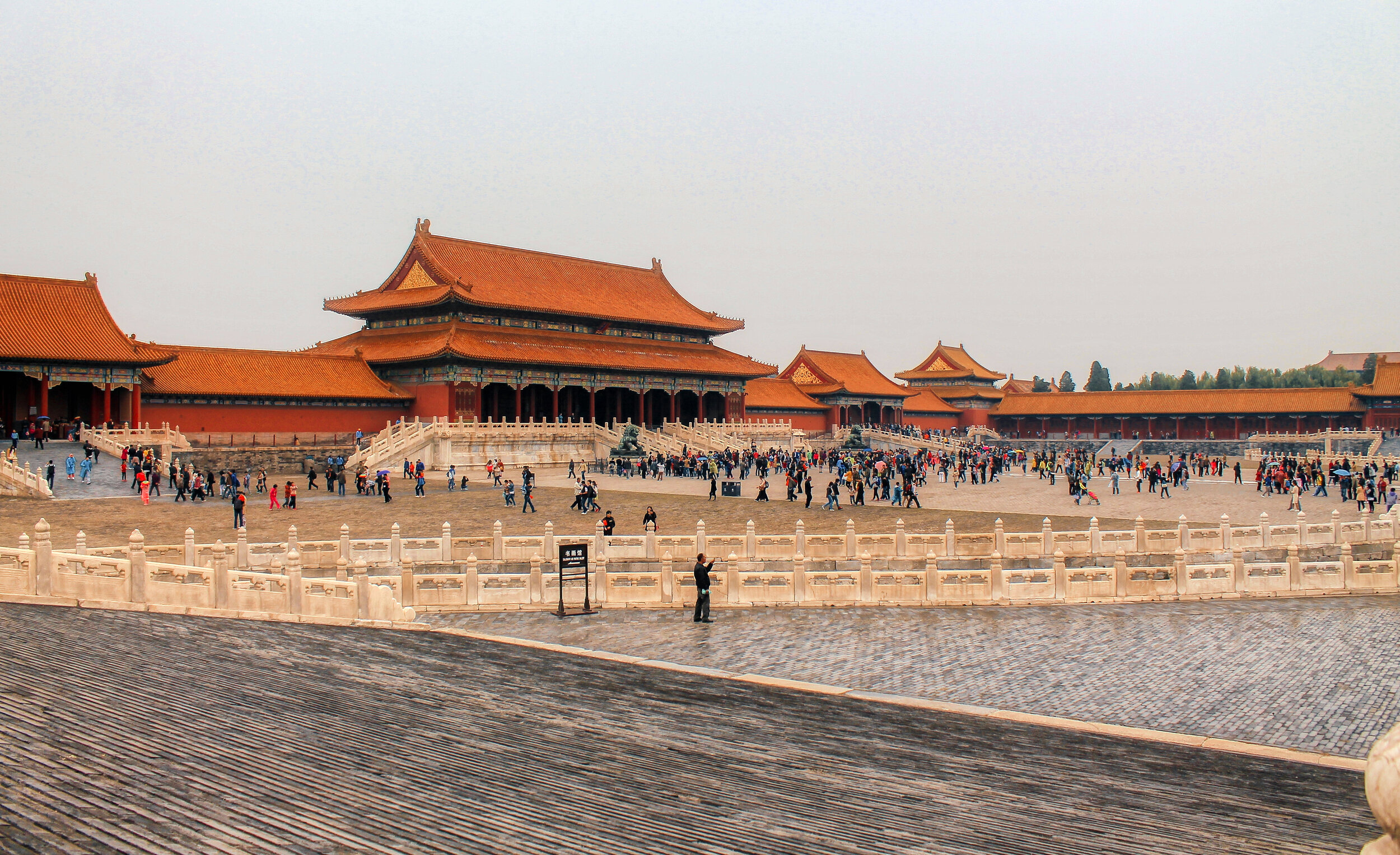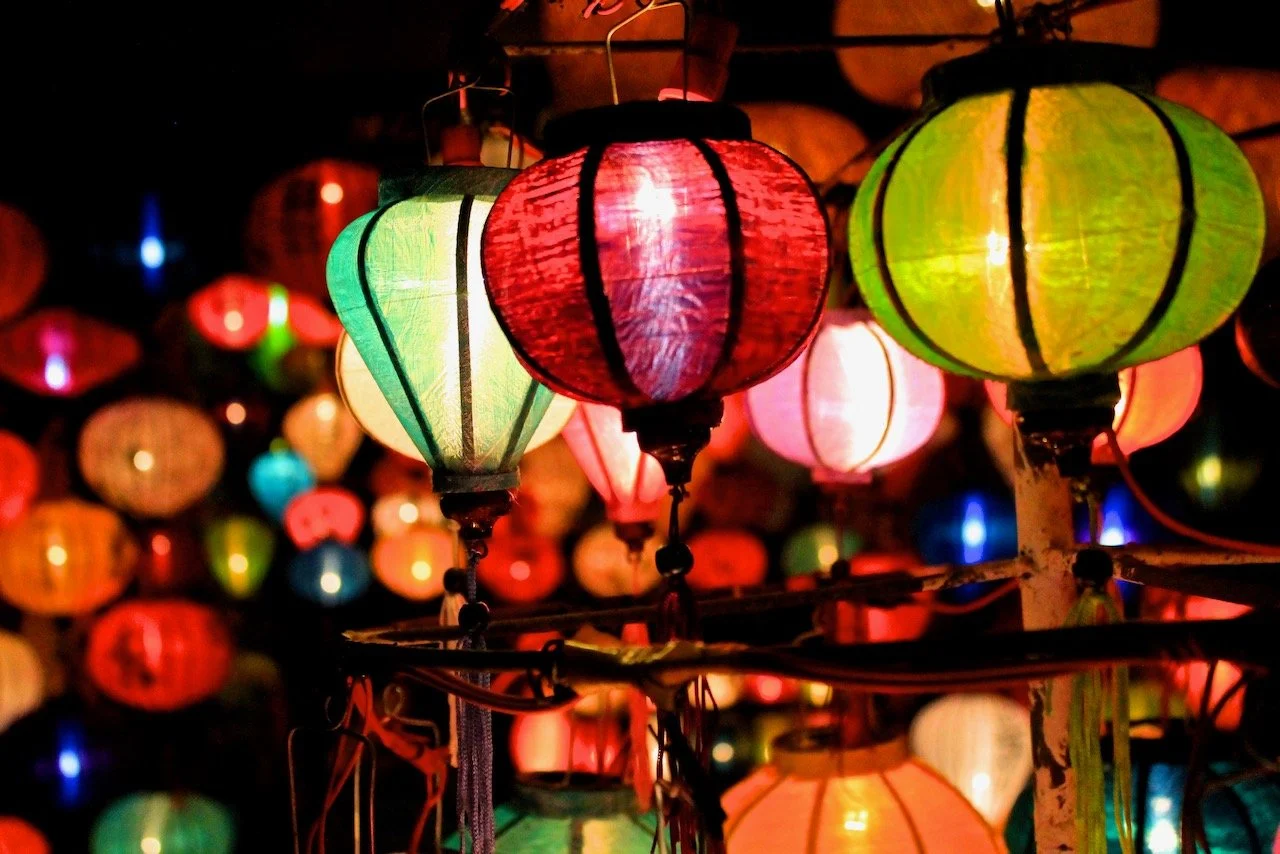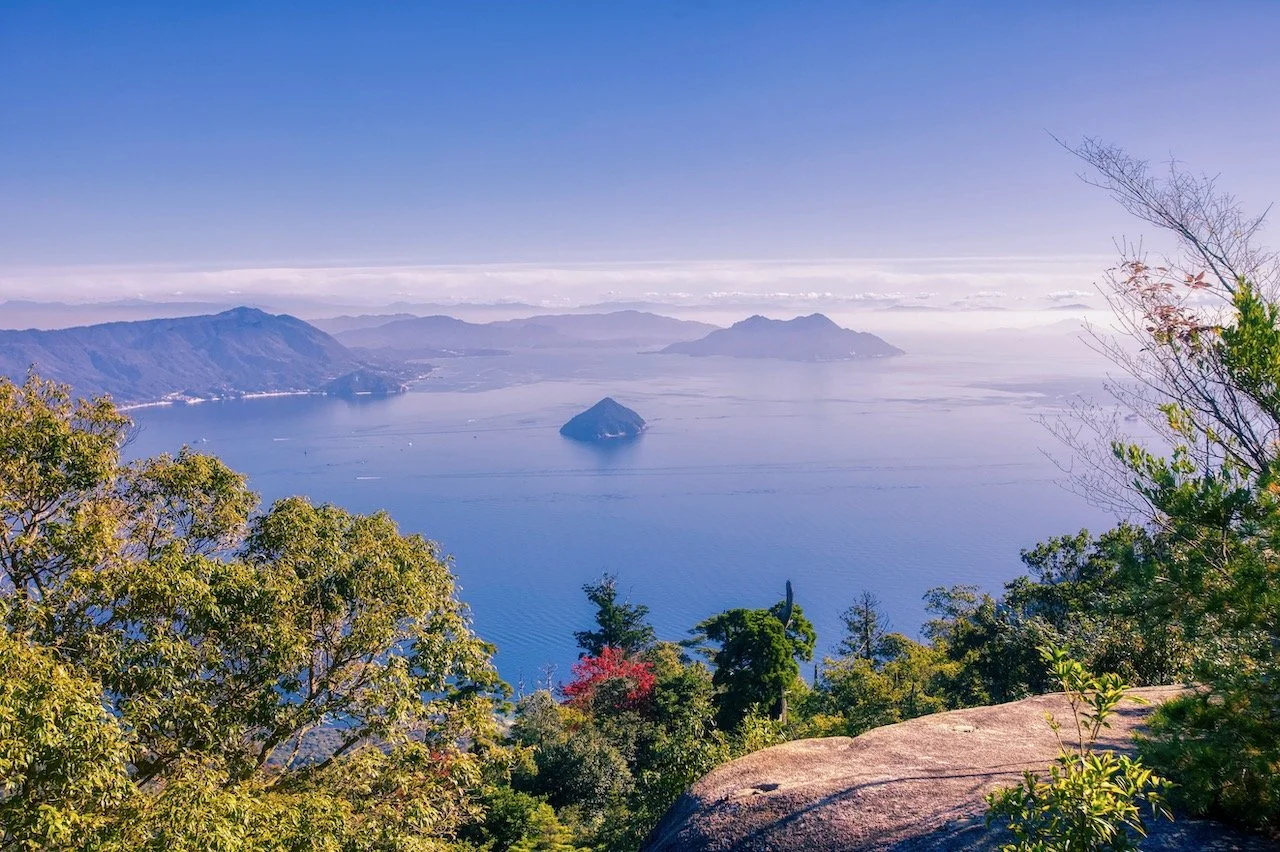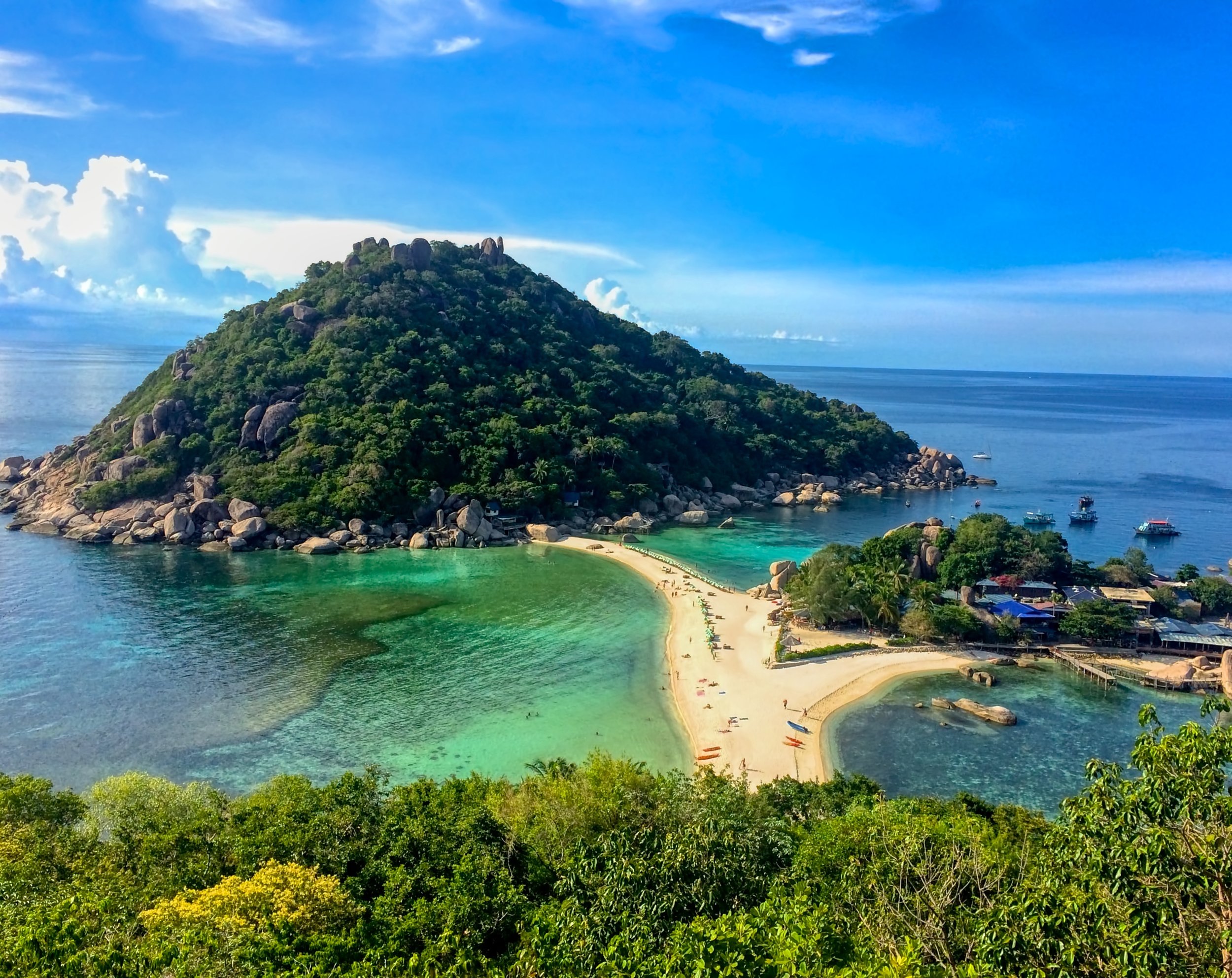Getting Around in the huge Chinese capital of Beijing
(Some links in this post are affiliate links. If you click through and take action, I'll be compensated.) If you are also interested in any PRINTS from any of my posts, be sure to check out my store where you can buy prints as posters, in metal/wooden frames or on canvas.
We didn’t know what to expect from Beijing, but we are so glad we decided to end our Chinese trip there. We first started in Shanghai and then made our way to Xi’an. From here, we took the train to Beijing to start our final days in the Chinese capital. There are several high speed trains that leave from Xi’an North station to Beijing West station, which take anywhere from 4.5 to 6 hours.
One of the most enjoyable experiences in Beijing was our accommodation we had and the hopsitality we enjoyed throughout the entirely of our stay. Book your Beijing stay at Kelly’s Courtyard in the Xicheng distrct (Line 4 - Xisi). Our host was unbelievable: he guided our taxi via phone from the train station to him, helped us exchange old chinese money that had not been accepted anymore, provided us with the best ways/times/routes to see the places on our list, suggested places that wasn’t on our list, and even made us breakfast to go when we weren’t there to have it. Finding the place may be the hardest part and it’s located in one of the MANY hutongs (alleys or streets) in the district. Words cannot express how much I recommend this place nor how much staying here enhanced our Beijing experience. You can find a Google map of the places I will discuss at the end of this post. For more on what to see in China, check out my blog posts on Shanghai and Xi’an.
Like Shanghai, Beijing is huge so get a 7 Day Yikatong pass and download this map on your phone to get around more efficiently. It is very misleading how truly large this city is. It’s best to plan your trip by getting to know the Beijing metro system. Trust me, it’ll be your best friend.
Any time of year is great to see the main sights like Tiananmen Square and the Forbidden City (and the Great Wall of China). That is, any time but during the national holiday from October 1-7th (which is when we arrived). Say goodbye to personal space and prepare for an adventure because you will be one of the masses to see these places. This however does not mean to avoid these areas at this time.
You will find that even people from the rural parts of china will descend upon Beijing to show their national pride and as a westerner, some may try to talk to you to practice their english and welcome you to their country and ask for a photo with you. It was a very very pleasant experience.
As a starting point on what to see in Beijing, and a general guide for Chinese attractions in general, the Chinese Ministry of Culture and Tourism has designated a list of AAAAA (5A) sites in the country, the highest rating designated for the most important and best maintained sites in the country (Guide here). Most of the sites I will cover in this post are 5A rated.
Tiananmen Square (‘Tiananmen’ meaning ‘Gate of Heavenly Peace’) and the Forbidden City can be accessed by the Bejing metro from stops Tiananmen East or Tiananmen West (both on Line 1). The history of this square is well known and significant. It’s one of the largest city squares in the world and was the site of the 1989 protests led mostly by students to end corruption and support democratic reforms. It ended in the massacre of hundreds to thousands of protesters as the government instituted martial law. (Timeline of the events in 1989 in Tiananmen Square)
As you explore the area, there is a sea of red flooding your senses from the abundance of Chinese flags to the paint of the nearby buildings and even people’s clothing. Seeing this area during the national holiday was in my opinion, even better. I felt that even though I was not from here, I can still understand and appreciate the national pride that the Chinese feel for their homeland while also (ironically) in awe of what occurred here just a few decades ago.
The Forbidden City is a stone’s throw away from Tiannenmen Square. The former home of emperors and political center of the Chinese government is arguably the most seen sight in Beijing, right behind the Great Wall of China. It’s history is well documented and cultural relics are found in a museum inside the complex, mainly from the Ming and Qing dynasties. It’s an immense expanse of space inside the complex itself, so roam around and enjoy the architectural and elaborate decor of this UNESCO WHS.
Here are some Forbidden City Fast Facts:
Home to the Chinese emperors for over 500 years (1420-1924).
Consists of 980 buildings and 72 hectares of land.
A UNESCO World Heritage Site (obviously).
For great views over the Forbidden City, make your way to Jingshan Park. This is one of the AAAA rated Tourist attractions in China.
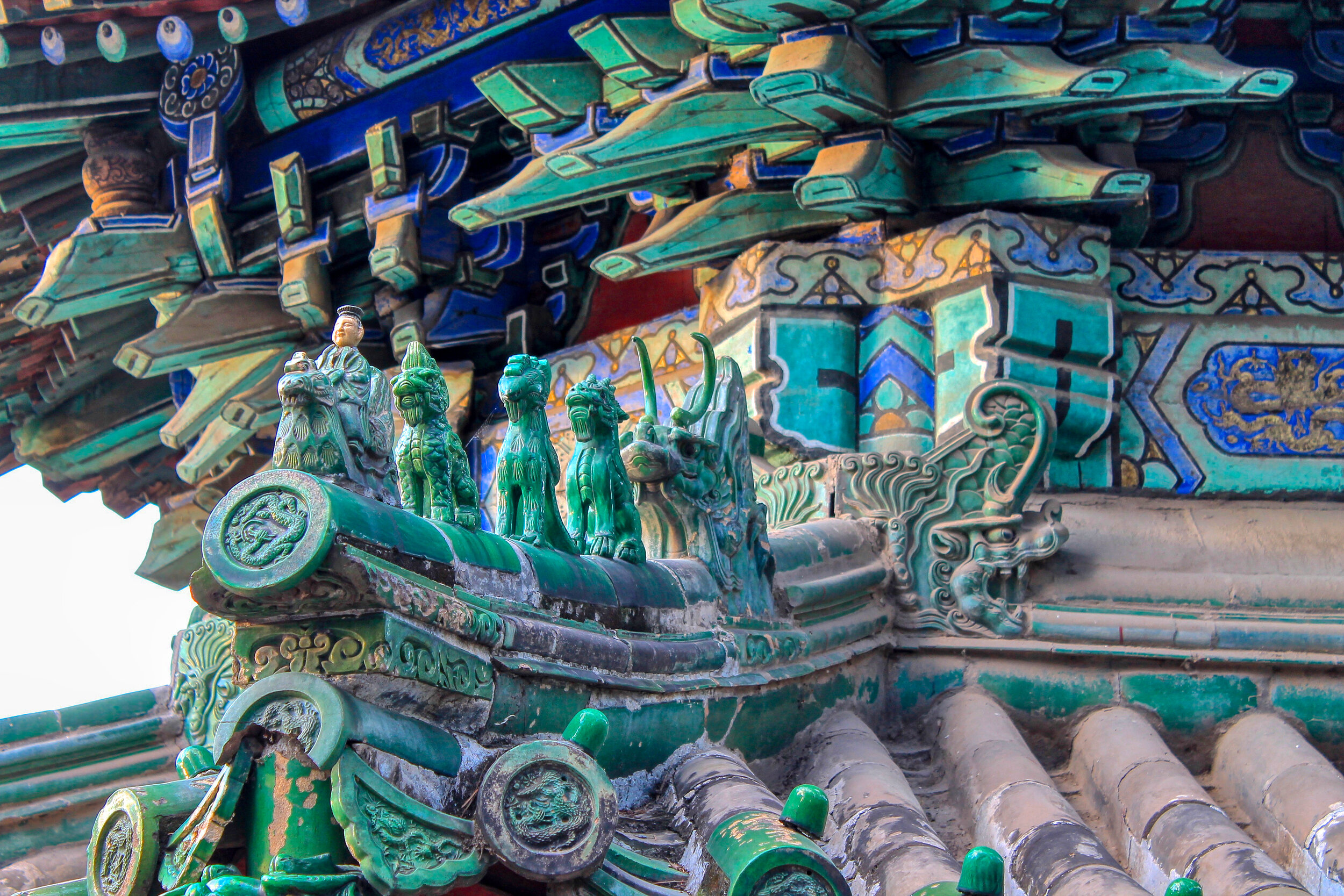
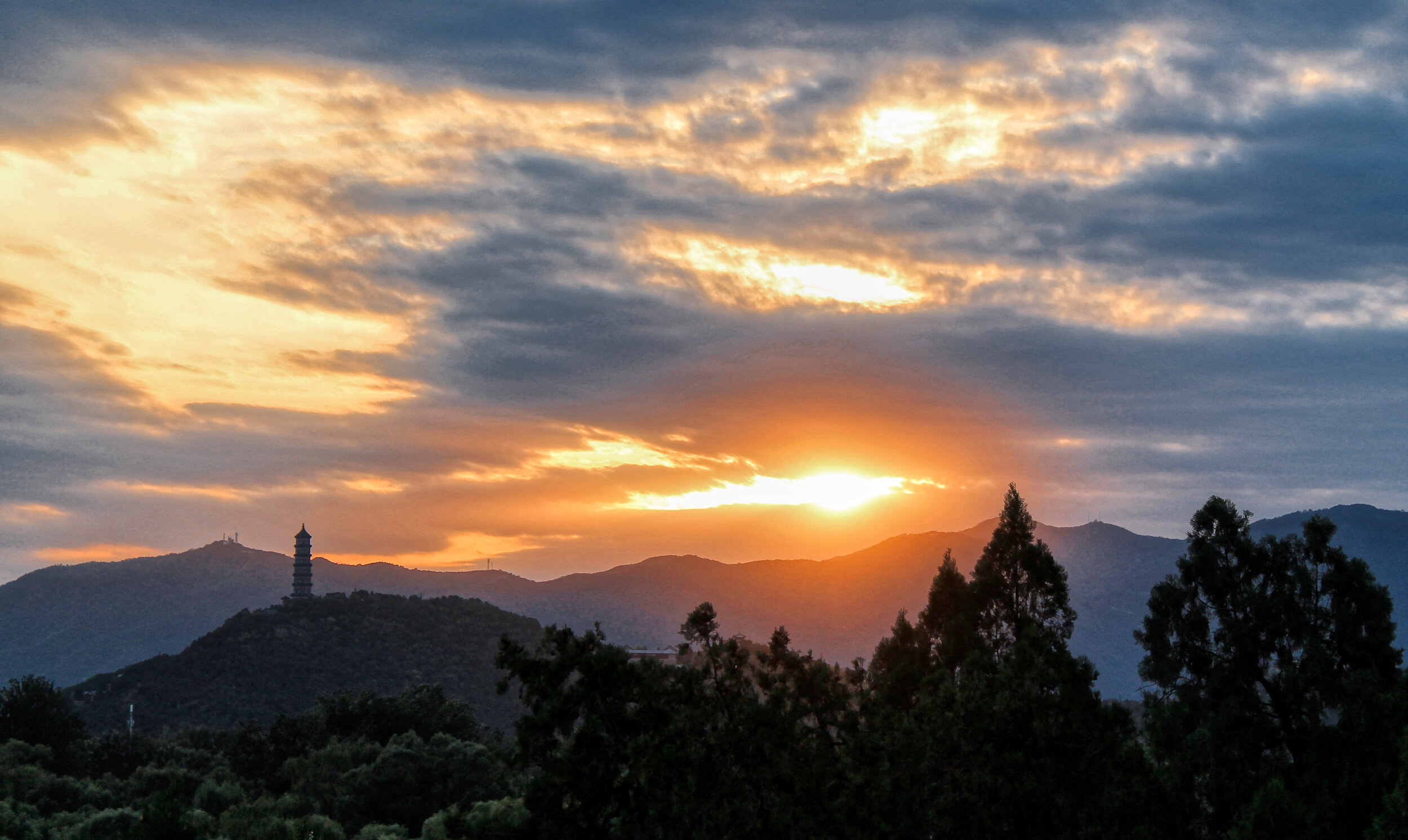
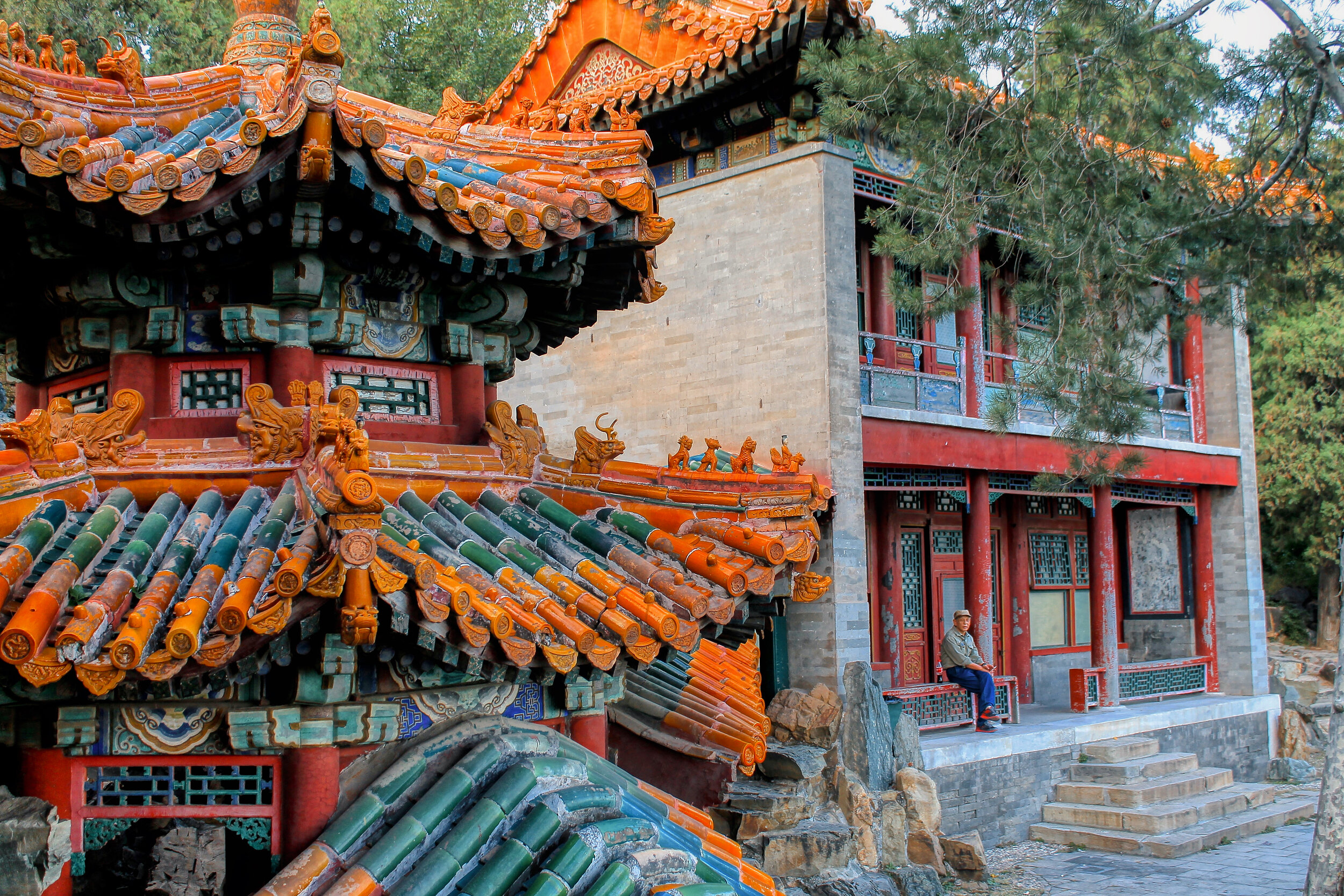
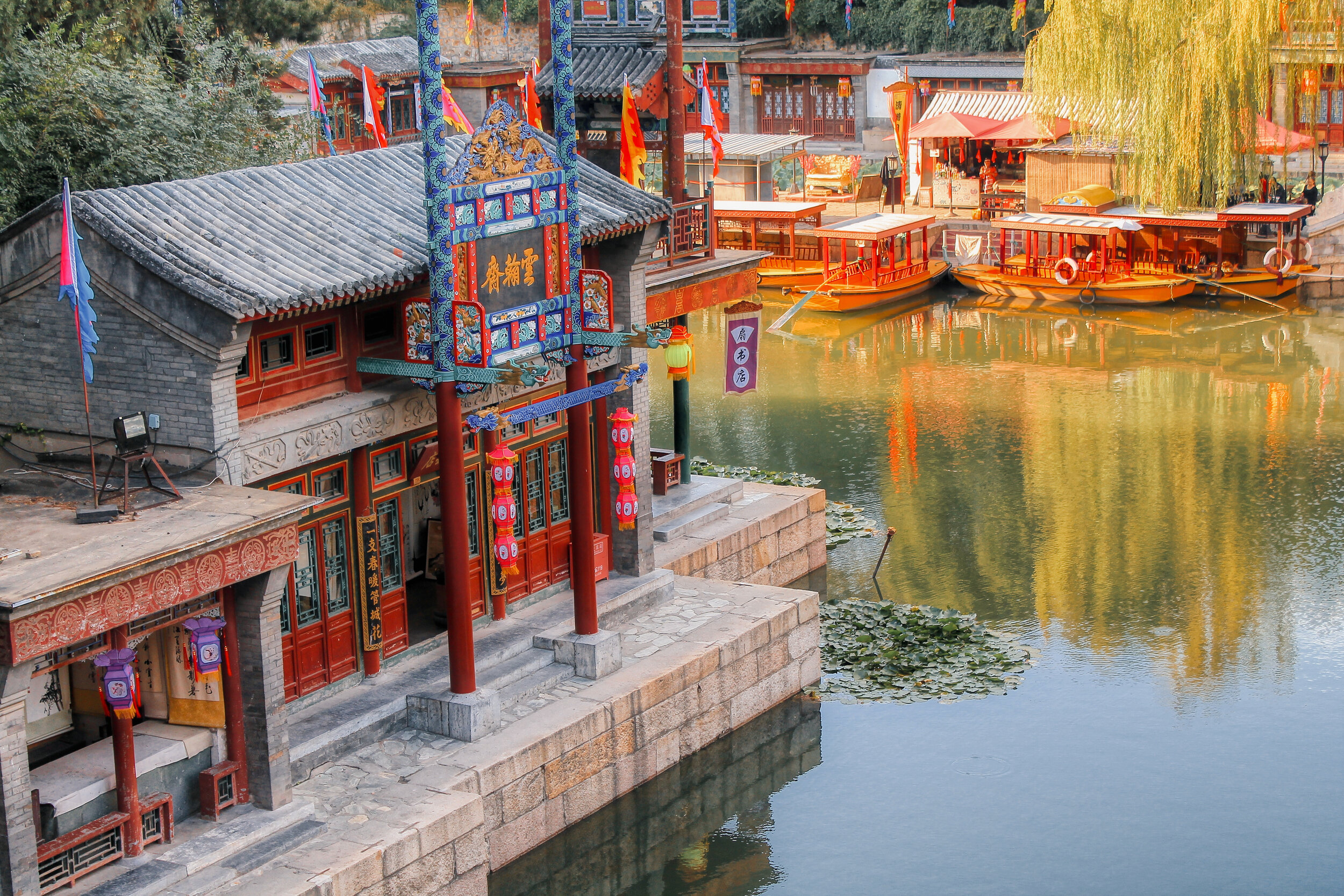
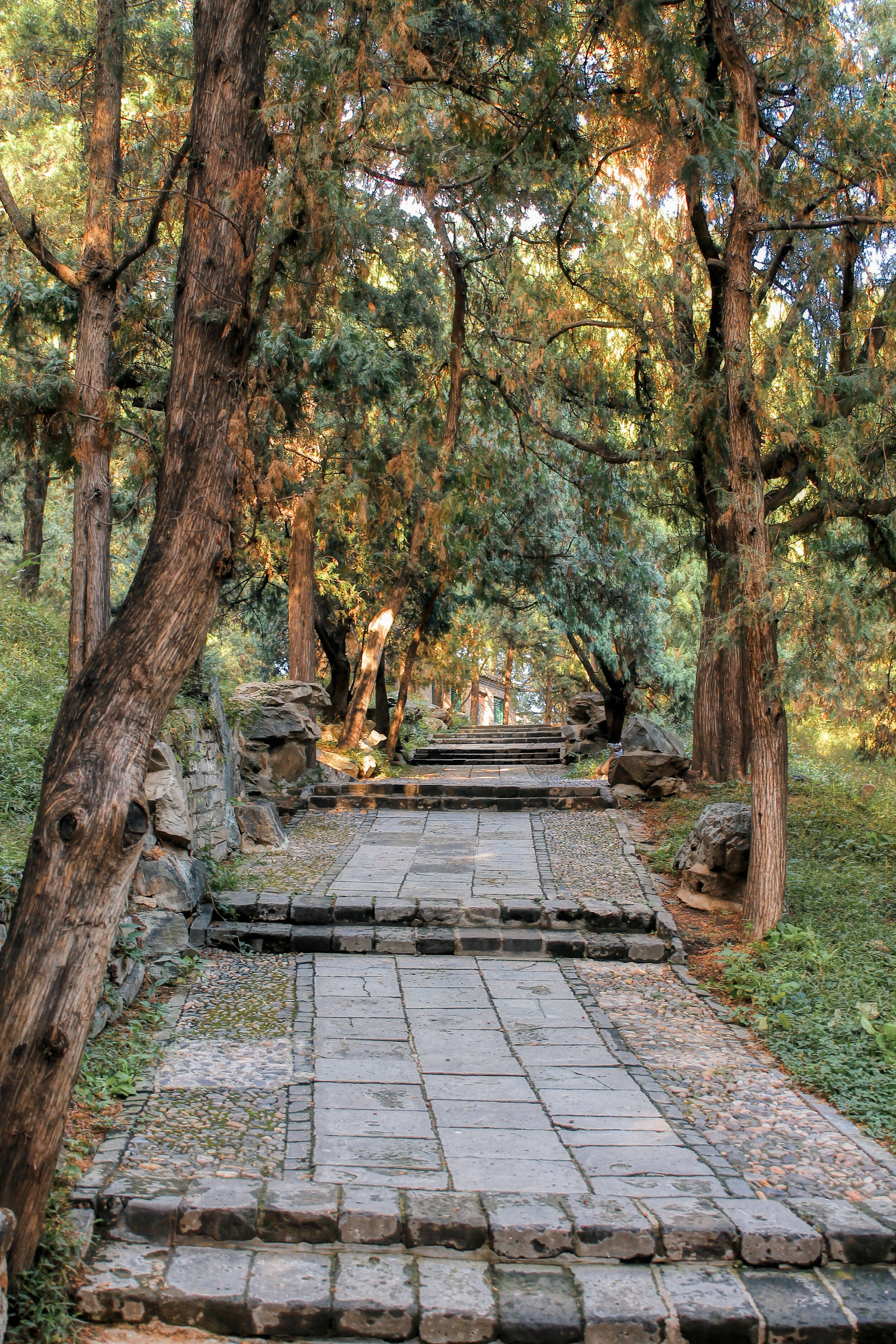
The Beijing Summer Palace is the attraction that you haven’t heard much about before, but won’t regret seeing (Line 4 - Xiyuan or Beigongmen). It’s a massive complex of lakes, gardens, and temples where you can easily spend the better part of a day here. The aesthetics and flow of the garden and green spaces and how they seamlessly interact with the temples and bridges made this my favorite place in China. The grounds are divided into sections, each bearing it’s own identity of meaning and historical significance: Front (Longevity) hill, Back (Longevity) hill, Eastern dam, Nanhu Island, Western dam. Some of the pavilions provide excellent panoramic views of the surrounding countryside as well. Save this place for a sunny day and stay until sunset.
Of course, a visit to Beijing is not complete without seeing a portion of the Great Wall of China. If you have come this far, take the time necessary to plan and execute this excursion to one of the world’s most recognizable and amazing feats of construction.
There are several parts of the Great Wall that you can see. Each section is not created equally. The most popular sections are Mutianyu and Badaling (which are the best restored). We decided to see the section at Jinshanling since we heard it was perfect for seeing the wall mostly intact, while also seeing how nature has started to reclaim the area around it. This portion delivers excellent views of the wall, is easily hike-able, has a cable car for your convenience, and is naturally gorgeous. The section is complete with barrier walls, battlement walls, watchtowers, gun emplacements, shooting holes, horse blocking walls, etc. It is considered to be the ‘paradise of the photographer’. Just imagine the area in the middle of fall with all the colorful foliage. Check out my blog post on seeing this part of the Great Wall of China.
Lucky for you, there is a direct bus that can take you from Beijing to the Jinshanling Wall ticket gate (bus leaves at 8am and returns 3pm). Here are the directions:
Take Subway Line 13 or 15 to Wangjing West Station,
Go out at exits B or D.
Walk East 200 meters to the bus stop.
You can also choose to hire a taxi to get to the wall. Prices are usually in the range of 300-400 Yuan (your experience may vary). This includes a return trip and about 2 hours on the wall as the driver waits for you near a predetermined end point.
If you’re keen to see Pandas in the land of Pandas, then make your way to the Beijing Zoo (Line 4 - Bejing Zoo).
Some other wonderful places to see include:
The Temple of Heaven (Line 5 - Tiantan Dongmen). It was constructed in 1420 and used by the Ming and Qing dynasties.
Olympic Green (Line 8 or 15 - Olympic Green). This is the Olympic Park that was constructed for the 2008 Summer Olympic games. Most famous in this area is the Bird’s Nest, the site of the opening ceremony.
Beijing Museum of Natural History (Line 5 - Tiantan Dongmen). The most popular natural history museum in China.
National Museum of China (Line 1 - Tiananmen East or Line 2 - Qianmen). This museum houses the most significant cultural relics of Chinese history. Considering that Chinese history spans millennia, there are plenty of high value pieces here.




